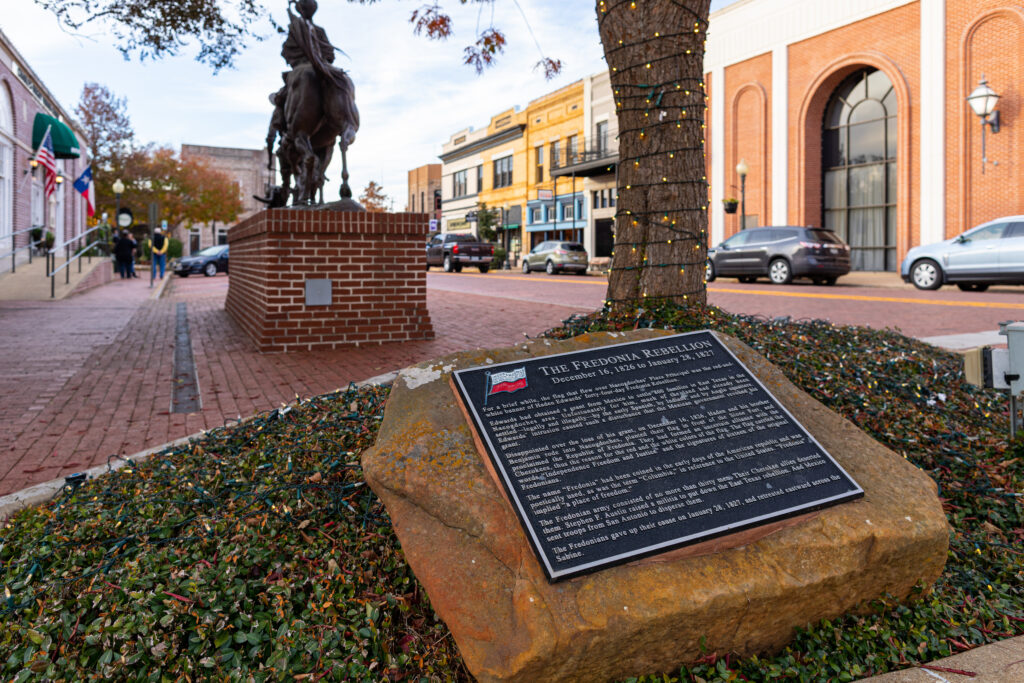In December 1826, a group of American settlers in Nacogdoches, which was then part of Mexican Texas, declared their independence from Mexico. This event, known as the Fredonian Rebellion, was the first attempt by American settlers in Texas to establish their own independent state.
The settlers, led by a man named Haden Edwards, were unhappy with the Mexican government’s policies towards American settlers in the region. They believed that the Mexican government was not providing them with enough protection from Native American attacks, and that it was imposing unfair taxes and trade restrictions on them.
In response, Edwards and the other American settlers declared the establishment of the Republic of Fredonia. However, the rebellion was quickly put down by the Mexican government, which sent troops to the region to suppress the uprising.
Despite the failure of the rebellion, it sparked a series of other attempts by American settlers in Texas to break away from Mexican rule. These efforts eventually led to the Texas Revolution, which began in 1835 and resulted in the establishment of the Republic of Texas in 1836. The Republic of Texas would eventually be annexed by the United States in 1845.
The Fredonian Rebellion is seen as an important event in the history of Texas and the American Southwest, as it marked the first attempt by American settlers to establish their own independent state in the region. It also helped to set the stage for the later conflicts between American settlers and the Mexican government over the future of Texas.
References:
https://www.tshaonline.org/handbook/entries/fredonian-rebellion




